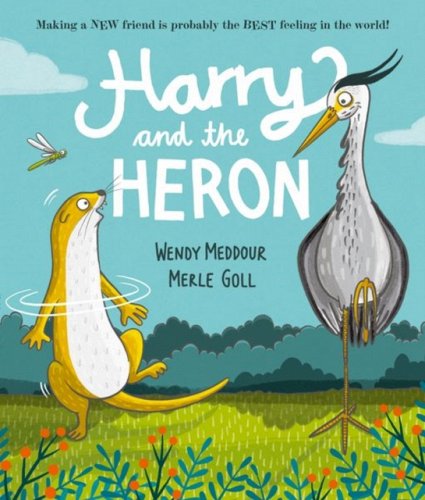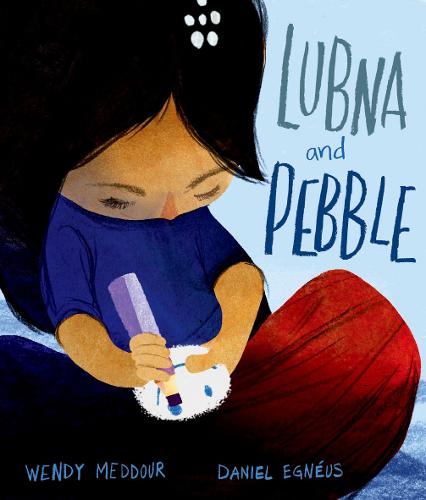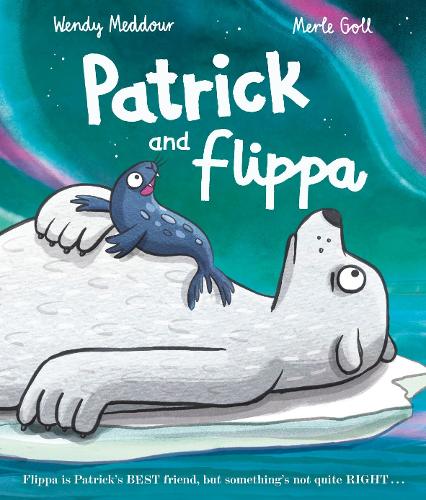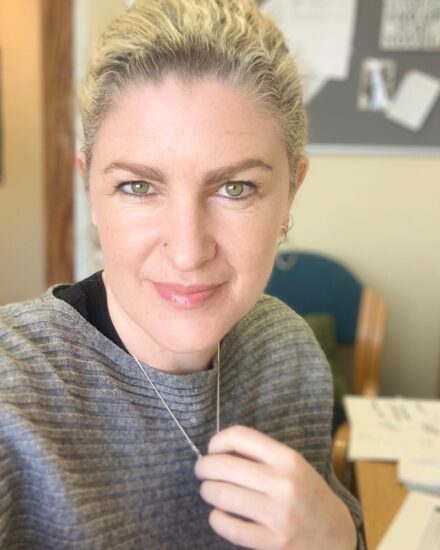I’ve read previously that you take inspiration from lots of places for your books, including requests for books on certain topics from parents, carers, and teachers. What was the catalyst for Harry and the Heron?
There’s a lot of pressure for children to be neurotypical and yet so many of the best people are not. So I wanted to write a book that encouraged readers to enjoy and accept others, even when they are very, very, quiet and still, or when they can’t stop fidgeting and leaping about. Herons are one of my favourite birds – grey, rigid, almost frozen in time – while otters move so fast it’s almost impossible to spot them. I thought they’d make a lovely combination – and show us how we can all learn and appreciate each other – whatever bit of the spectrum we consider ourselves to be on.

Having an otter and a heron as main characters is pretty unique and leads to a lot of opportunities for humour in the plot and illustrations. Did you consider other character pairings or did you know instantly who Harry and Ray were going to be?
I knew that I wanted to set this story on a riverbank as I live near a great big river and see herons every day. I haven’t seen an otter down there yet, but I was enchanted by the slippery sight of sea otters when I was visiting the Isle of Mull in Scotland, so I knew who my fast and fidgety character needed to be.
What is the main message that you would like the reader to take from Harry and the Heron?
My main message is that we shouldn’t just accept others who seem to be wired differently to ourselves. We should embrace them, and learn from them. They can show us how to live and see the world differently, and as we’re all wired a bit differently to each other, we can probably do the same back. That’s the best type of friendship, I think.
How does it feel to help aspiring authors through your job at Exeter University and are there any past or present students who you would particularly like to draw people’s attention to when considering their next book purchase?
I love teaching students to write for children at Exeter University. I teach them how to write for adults too. We have lots of successful novelists. Recent successes include: Cherie Jones, Carla Jenkins, and Fiona Williams.
To date, I believe you have had around 25 books published, which is quite an incredible feat! Aside from Harry and the Heron, is there one book that you’ve written that particularly stands out for you in some way?
It’s 30 now – so I feel very lucky! Lubna and Pebble and Tibble and Grandpa are the ones that still make me cry when I read them. I love those characters so much. They’re so brave! But Patrick and Flippa and Howard the Average Gecko are the ones that makes me laugh most.


Are you able to drop us any hints about future book projects?
I’m working on a book called MIguel’s Big Leap. It’s about a lovely lemur who has to jump through a sharp and spiny forest, even though he has soft and squishy hands and feet. It was inspired by my year in a wheelchair, when my world suddenly felt like a sharp and spiny forest too. Miguel is way cooler than me though. And he comes up with a great plan to save his friends.

